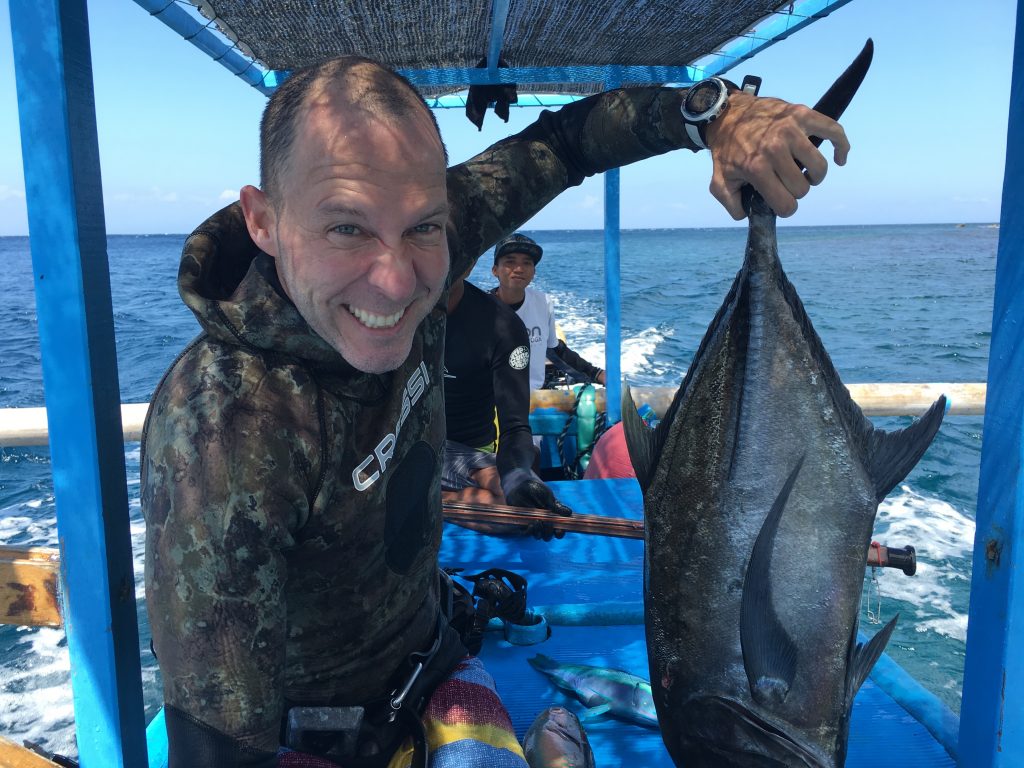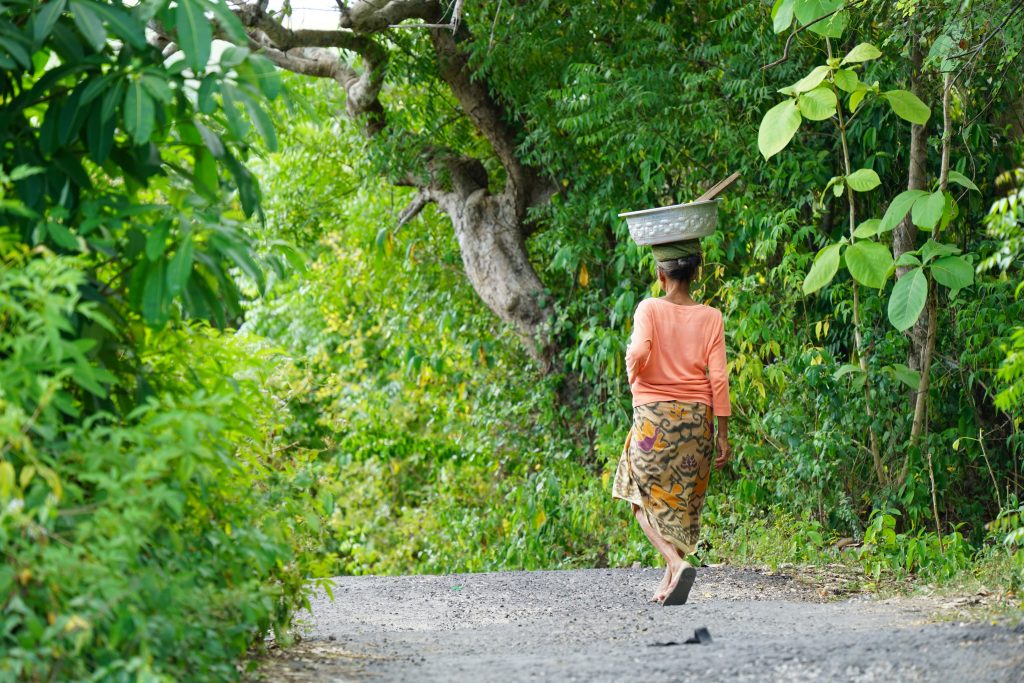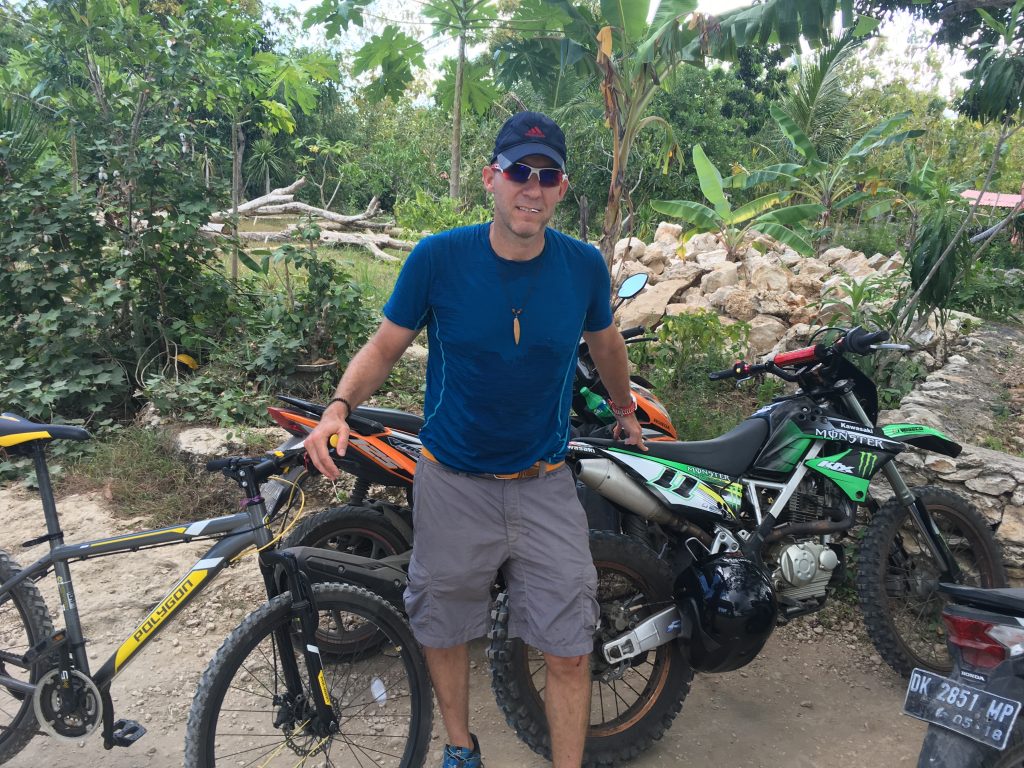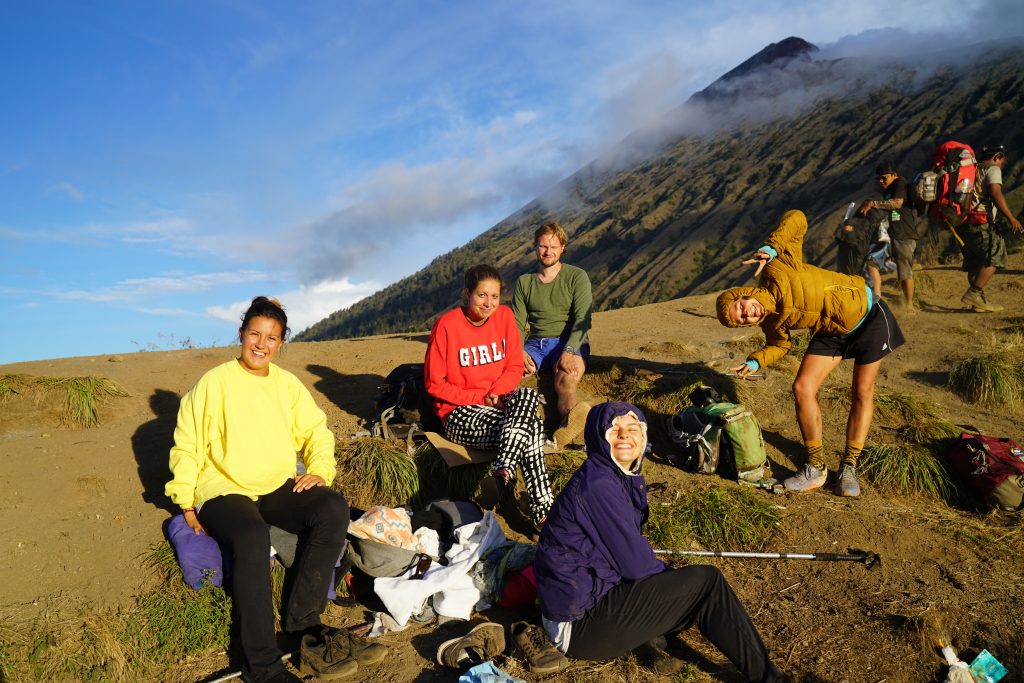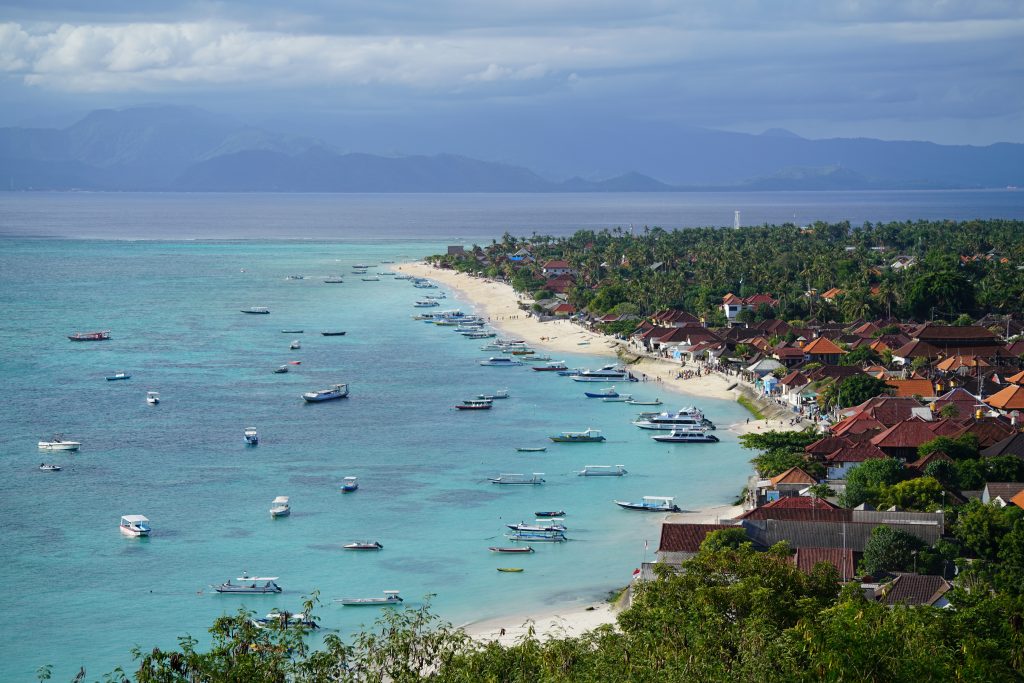Traveling Indonesia for 30 Days of Adventure
Traveling Indonesia for 30 Days
I took a trip around Indonesia for 30 days and here is what I discovered
Most meaningful experience: Making the challenging, three-day trek to the summit of Mount Rinjani on Lombok Island.
Top Tips:
- Go freediving with the team at Fusion Freediving in Amed or venture to Labuanbajo to dive with manta rays in the strong currents of the Komodo Islands.
- Watch the locals stick fighting in the Gili Islands whose authentic villages can easily be explored by bicycle.
- Sample authentic (and spicy) Indonesian food from the street-side vendors.
- Visit the UNESCO-listed temples of Borobudur and Prambanan on the outskirts of Yogjakarta.
- Learn to surf in the easy waves of Kuta or head to Canggu to hone your surfing skills.
- Go standup paddleboarding in the relax beach resort of Sanur.
- Plan better than I did. There is a lot to do and see in Indonesia.
With great surf, spectacular diving and challenging hikes, Indonesia offers some of the most exciting natural adventures in Southeast Asia. Encompassing thousands of islands, it’s an extremely diverse country, with a stark contrast in culture even between the islands of Bali and Lombok that are separated by a mere two-hour boat ride. In addition to a large population of Muslims and the unique Balinese religion, the archipelago is home to Christians and those who practice indigenous beliefs.
Despite how touristy places like Bali and Lombok have become, it’s still possible to flip over a few rocks to unearth the real culture, which is what I aimed to do on this trip.
Bali has a distinct culture that blends Hindu-Buddhist religious beliefs with local customs. It’s also retained strong artistic traditions, including Wayang kulit shadow puppetry, sacred dances and martial arts. Today it’s made a name as a health and spiritual getaway, with countless studios where you can do daily practices, as well as retreats.
While the restaurants catering to tourists are undeniably good, I also loved the local cuisine, with street-side restaurants where the food is displayed in a window for you to select from. Despite being reheated and served, it was still okay, particularly when combined with a spicy sauce that I put on everything!
I visited Kuta – a beachside district that’s a bit rundown but still one of the best places to learn to surf – as well as Seminyak a few miles north that has more of a resort feel. There are big shopping centers and designer boutiques, and it’s here that I went to the Sunny Side Up Festival that was a lot of fun. Further north takes you to Canggu where you can mingle with the hip, surfer crowd at the great cafes and movie nights.
I also returned to Ubud where I’d visited 15 years ago, but felt it had lost some of its spiritual appeal. Today it’s like one big market with lots of health-oriented restaurants and foreigners doing yoga and “finding themselves”. Not a bad place to hang out and make some soul-searching friends. From here you can do the easy, three-hour hike up Mount Batur to watch the sunrise, with my trek starting at 2AM. Alternatively, you can tackle the challenging hike to the summit of Mount Agung or head to Lombok for the three-day adventure to Mount Rinjani.
On the east coast of Bali is the quaint little town of Amed, which is one of my favorite places on the island. It’s retained a really authentic feel, with just a handful of dive shops to explore the offshore waters, as well as a few meditation places. If you’re visiting Amed, be sure to take a walk up the hill to soak up the views across the town. I spent most of my time in Amed at Fusion Freediving getting my license and made it to level three, which allows me to descend to 30 meters. I also spent two days scuba diving and would highly recommend both.
From the east coast of Bali I took a boat to the Gili Islands, which are famed for their massive party scene. I chose to stay on Gili Air that’s smaller and quieter, with some fantastic seafood restaurants. I spent a bit of time at Freedive Gili, which has great facilities and staff, and enjoyed the local stick-fighting and island community (despite the 5am call to prayer).
A short boat ride from the Gilis is the island of Lombok, which immediately feels different from Bali thanks to its 1,000s of mosques. A highlight for me was hiking Mount Rinjani, with its rugged slopes covered in lush, tropical forest inhabited by lots of monkeys.
We began in the village of Sembalun, following our porters as they carried 30 kilogram baskets up a steep and sandy trail. The first day was around 10 kilometers up to the crater rim, which afforded amazing views across the mountain. The following morning we woke at 2AM to hike another 1,200 meters in elevation to the peak, traversing a steep trail of sliding volcanic rock – one step forward, half a step back! I became separated from my porter and without any water, but a few sips and a small kit kat from another group of porters boosted my energy levels to make it to the top. Regretfully, I didn’t bring my 360-degree camera but was thankful that Francois (who’s also a photographer) was there to catch some great shots with his Nikon.
After a 90-minute run down the mountain, we returned to our camp and began hiking down to the crater rim for a soak in the hot springs. It was then another three hours straight back up the crater rim (the steepest part of the entire three days) before we arrived at our camp for the night after 16 hours of trekking. The following day was an easier hike back down the mountain before we transferred to the beach resort town of Senggigi on Lombok’s west coast.
From Senggigi, I returned to Bali and the family-friendly resort town of Sanur, which is a great place for kitesurfing and stand-up paddleboarding. I spent a couple of days doing SUP with the Rip Curl School of Surf before taking a boat trip to Nusa Lembongan – a small island to the south of Bali. Together with its neighboring island of Nusa Penida, it’s a beautiful place to explore by either mountain bike or motor bike, with hidden beaches and authentic villages, as well as a dive shop that accesses the nearby manta cleaning station.
On my way home, I stopped in Yogjakarta on the island of Java, which is renowned of its batik textiles shops. It’s also the gateway to the Buddhist temple complex of Borobudur and the Hindu temples of Prambanan – both of which are UNESCO World Heritage Sites. They feature distinct architectural styles that reflect their contrasting religions, with Prambanan’s temples featuring towering spires and Borobudur marked by hundreds of stupas and Buddha statues on a stepped platform.
Unfortunately, I didn’t make it everywhere I wanted to before my visa expired (remember that visas include the day you land and the day you leave) and made it out with just one day to spare. Flores and Papua will have to wait for another day!

